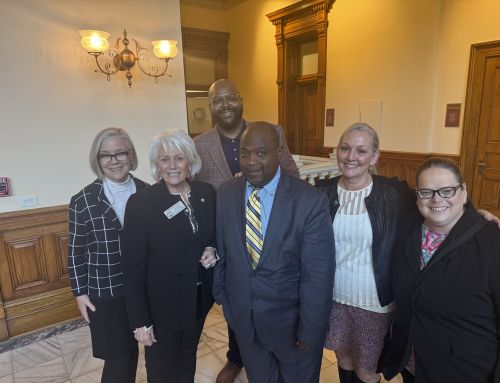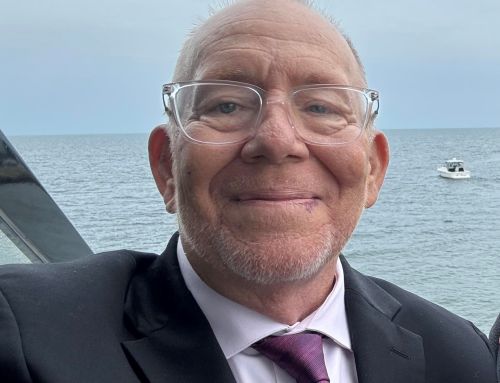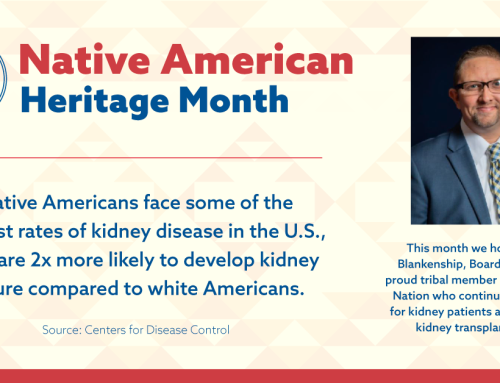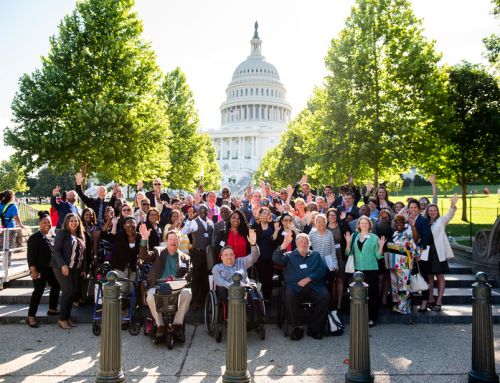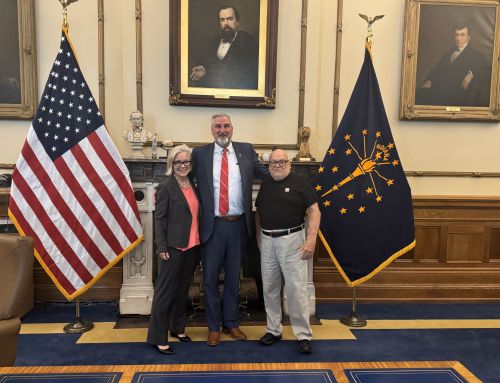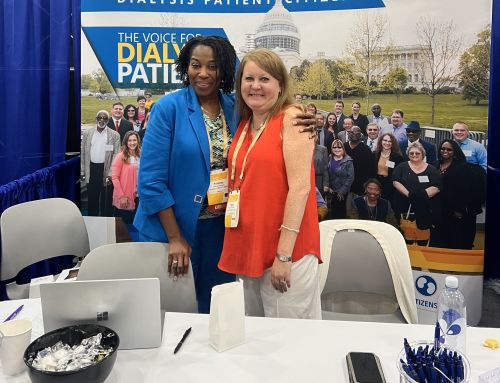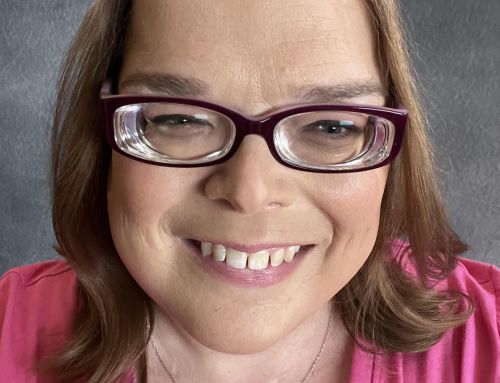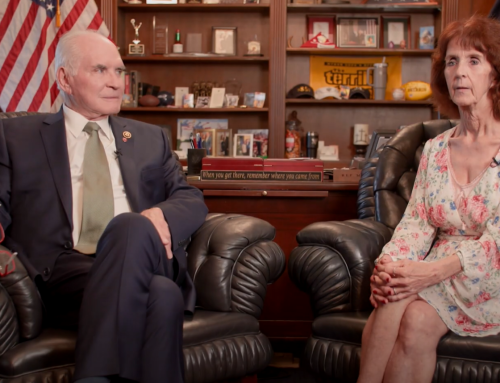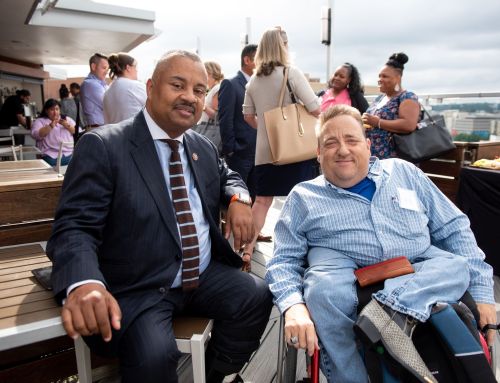Medicare’s Comprehensive ESRD Care Model was designed to identify, test, and evaluate new ways to improve care for End-Stage Renal Disease (ESRD) patients. It established ESRD Seamless Care Organizations (ESCOs) that brought dialysis clinics and nephrologists together to coordinate patients’ kidney- and non-kidney care. This demonstration project ended last year and was replaced by a similar one this year. The Medicare Innovation Center has released the final evaluation report for the ESCOs.
Overall, the ESCOs showed modest but statistically significant results over the five performance years, reducing Medicare expenditures. The number of hospitalizations decreased 3% and the percent of beneficiaries with at least one readmission decreased 2%. There was reduced Emergency Room use, as ESCOs worked with emergency departments to divert patients back to their home clinics whenever possible. There was lower use of a catheter for 90 days or longer, as ESCOs worked with vascular surgeons to expedite fistula placements. There was an increase in the number of outpatient dialysis sessions, meaning fewer missed appointments and occasional extra sessions when fluid was too high.
There was a decrease in payments and hospitalizations for ESRD-related complications (such as fluid overload or pulmonary edema). There was also a modest improvement in patient survival, especially among patients aligned to ESCOs during their first year of dialysis. Part D Rx drug spending increased a bit, with greater adherence to phosphate binders.
ESCOs performed better for beneficiaries with ESRD than primary care-based Accountable Care Organizations (ACOs) during the first year of alignment. Spending and utilization outcomes improved in ESCOs, whereas primary care-based ACOs showed no evidence of improved outcomes or reduced payments for beneficiaries with ESRD.
Medicare Innovation Center staff have stated that “despite gross savings, the CMS Innovation Center anticipates net increased cost to Medicare spending when accounting for shared savings payments by CMS to model participants.” This shows that achieving these gains in patient outcomes requires investments by providers, and after accounting for the added expense of care coordination there’s no guarantee of savings to Medicare. From the patient standpoint this investment yields value in more healthy days at home and improved longevity, and it’s better to spend on upfront preventive care than hospital “sick care”.







